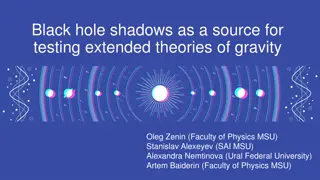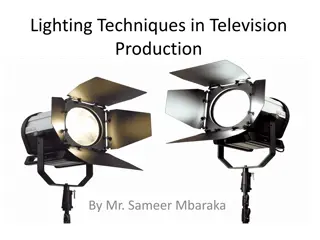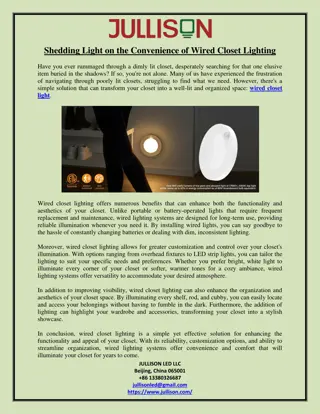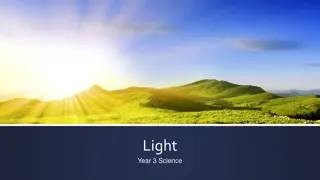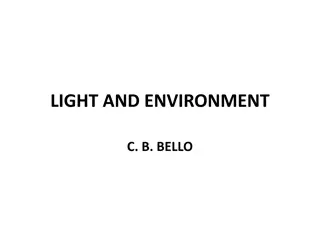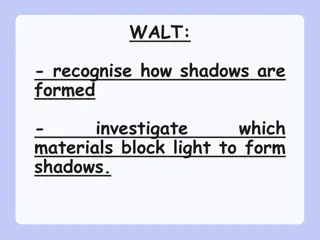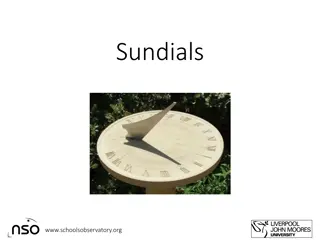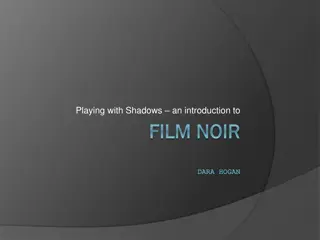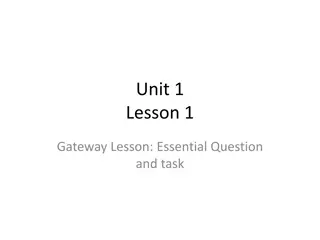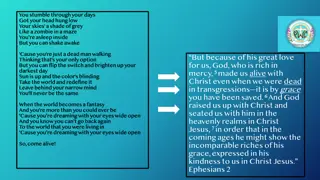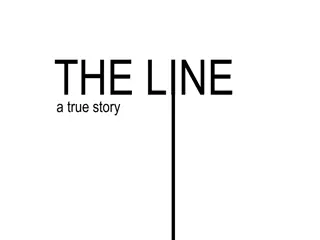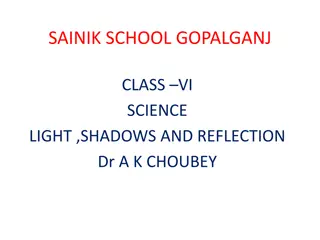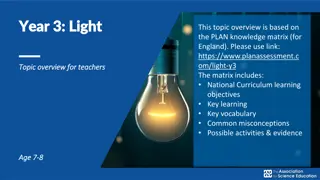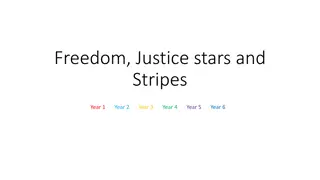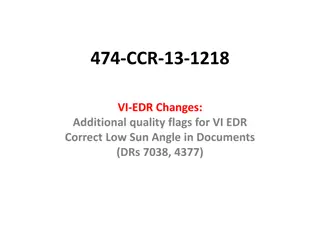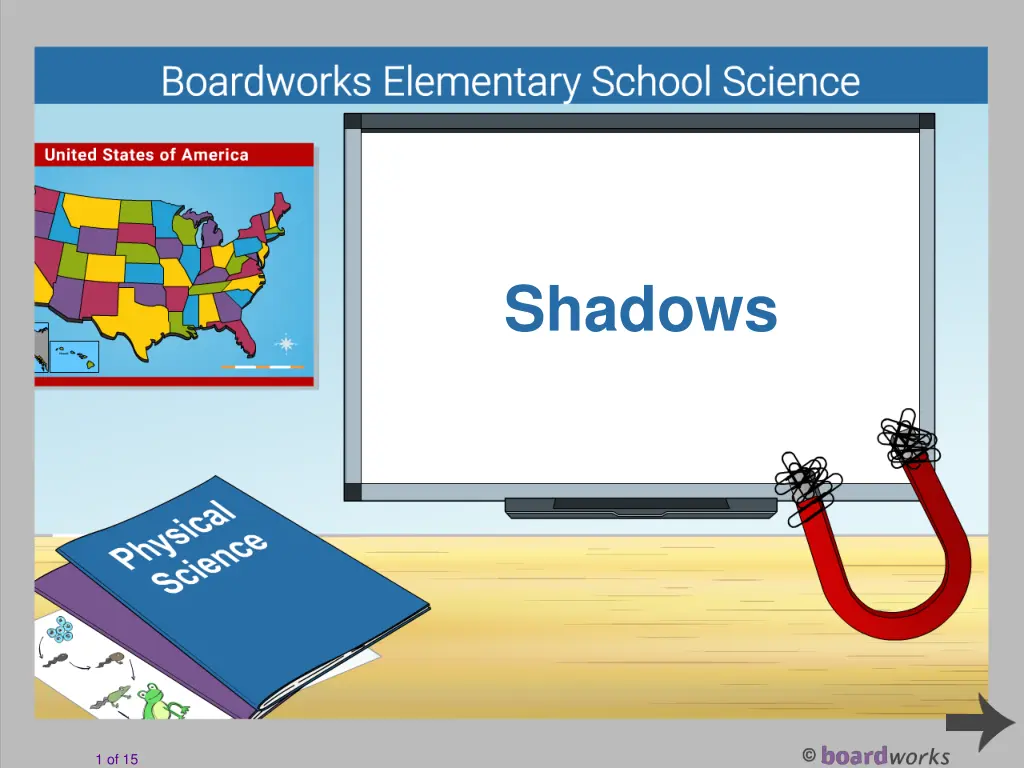
Exploring Shadows and Light Phenomena
Dive into the fascinating world of shadows and light with this educational content, covering topics such as shadow formation, the effects of sunlight on shadows, and the materials that interact with light. Discover how shadows change with the movement of the sun and clouds, and learn why it's important to never look directly at the sun. Explore the science behind shadows and deepen your understanding of light interactions.
Download Presentation

Please find below an Image/Link to download the presentation.
The content on the website is provided AS IS for your information and personal use only. It may not be sold, licensed, or shared on other websites without obtaining consent from the author. If you encounter any issues during the download, it is possible that the publisher has removed the file from their server.
You are allowed to download the files provided on this website for personal or commercial use, subject to the condition that they are used lawfully. All files are the property of their respective owners.
The content on the website is provided AS IS for your information and personal use only. It may not be sold, licensed, or shared on other websites without obtaining consent from the author.
E N D
Presentation Transcript
Shadows 1 of 15
Information Planning and Carrying Out Investigations Analyzing and Interpreting Data 1. Patterns 2. Cause and Effect 7. Stability and Change 2 of 15
Forming a shadow (1) James and Alexis are outside having fun. The Sun comes out and shines brightly on them, causing shadows to form. 3 of 15
Forming a shadow (2) Along comes a cloud again. What will happen to the shadows now? When the Sun is covered, shadows disappear. 4 of 15
The Sun and shadows (1) When the Sun is shining, James and Alexis feel hot. The colors they see are bright. The shadows they cast are dark. 5 of 15
The Sun and shadows (2) When the Sun is hidden behind a cloud, James and Alexis feel cooler. The colors are not so bright. Their shadows are gone. 6 of 15
The danger of looking at the Sun You can tell if a cloud covers the Sun without even looking at it! And that s good, because you should NEVER look right at the Sun! 7 of 15
Why are shadows formed? 8 of 15
What do you know about shadows? 9 of 15
What materials let light through? (1) Some materials let light pass through them. Can you think of any? Some materials only let some light pass through them. Can you think of any? Materials that let light pass through them have different shadows to materials that do not. 10 of 15
What materials let light through? (2) Look closely at the objects below. What material is each object made from? If we shine a flashlight on each object, which ones will let the light travel through them and which ones will not? brick lampshade fish tank Think about how much light each material would let through. 11 of 15
What does opaque mean? Materials that do not let any light pass through them are called opaque. The brick is opaque. You cannot see through it and it blocks out all light. 12 of 15
What does translucent mean? Materials that let some light pass through them but are not see-through are called translucent. Translucent materials block out some light, but not all of it. This lampshade is made of a translucent material so that the room is lit, but not too brightly. 13 of 15
What does transparent mean? Materials that are see-through and let almost all light pass through them are called transparent. The glass in this fish tank is transparent because it is clear, colorless and you can see straight through it. Light passes through transparent materials very easily. 14 of 15
Understanding shadows 15 of 15

